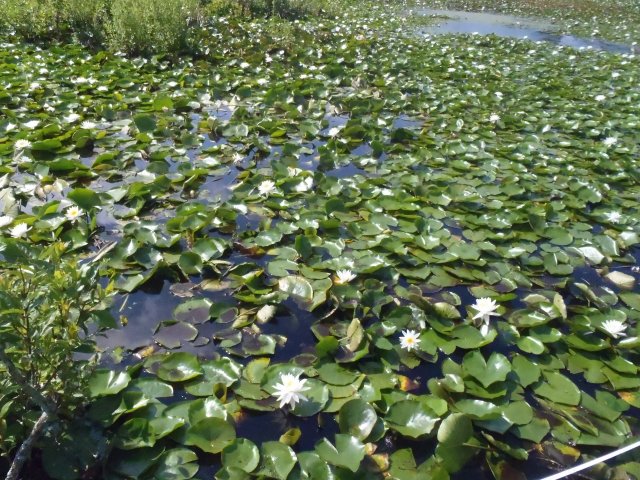Indicators: Wetland Vegetation (Plant Community)
What is wetland vegetation?
Wetland vegetation specifically grows in water or is adapted to a growing in soil that is at least periodically flooded with water. These wetland plants are also referred to as “hydrophytes”.
Why is wetland vegetation important?

Wetland vegetation provides food and critical habitat for organisms that live in or near water resources, such as algae, macroinvertebrates, amphibians, fish and birds. Wetland plants can also improve water quality through the uptake of nutrients, metals and other contaminants. Vegetation is also important in stabilizing shorelines from erosion and mitigating the impacts of flooding events.
What can wetland vegetation tell us about the condition of water?
Many human-caused alterations of the natural hydrologic regime can cause shifts in plant communities. Individual plant species show different tolerances to a wide array of stressors. As environmental conditions vary, plant community composition shifts in response to hydrologic changes, nutrient enrichment, excess sediment and turbidity, metals and other pollutants. Habitable zones for wetland plants can shift. Species tolerant of human disturbance might invade or woody species might invade or die back as a result of drainage or flooding.
How is this indicator used in NARS?
The National Wetland Condition Assessment collects vegetation condition data which is available on the NARS data page for these surveys. Below the table you can access assessment information in current reports.
| NLA | NRSA | NCCA | NWCA | Indicator Type |
|---|---|---|---|---|
| X | Core Indicator | |||
| Research Indicator |
National Wetland Condition Assessment Web Report- Vegetation Condition Results
